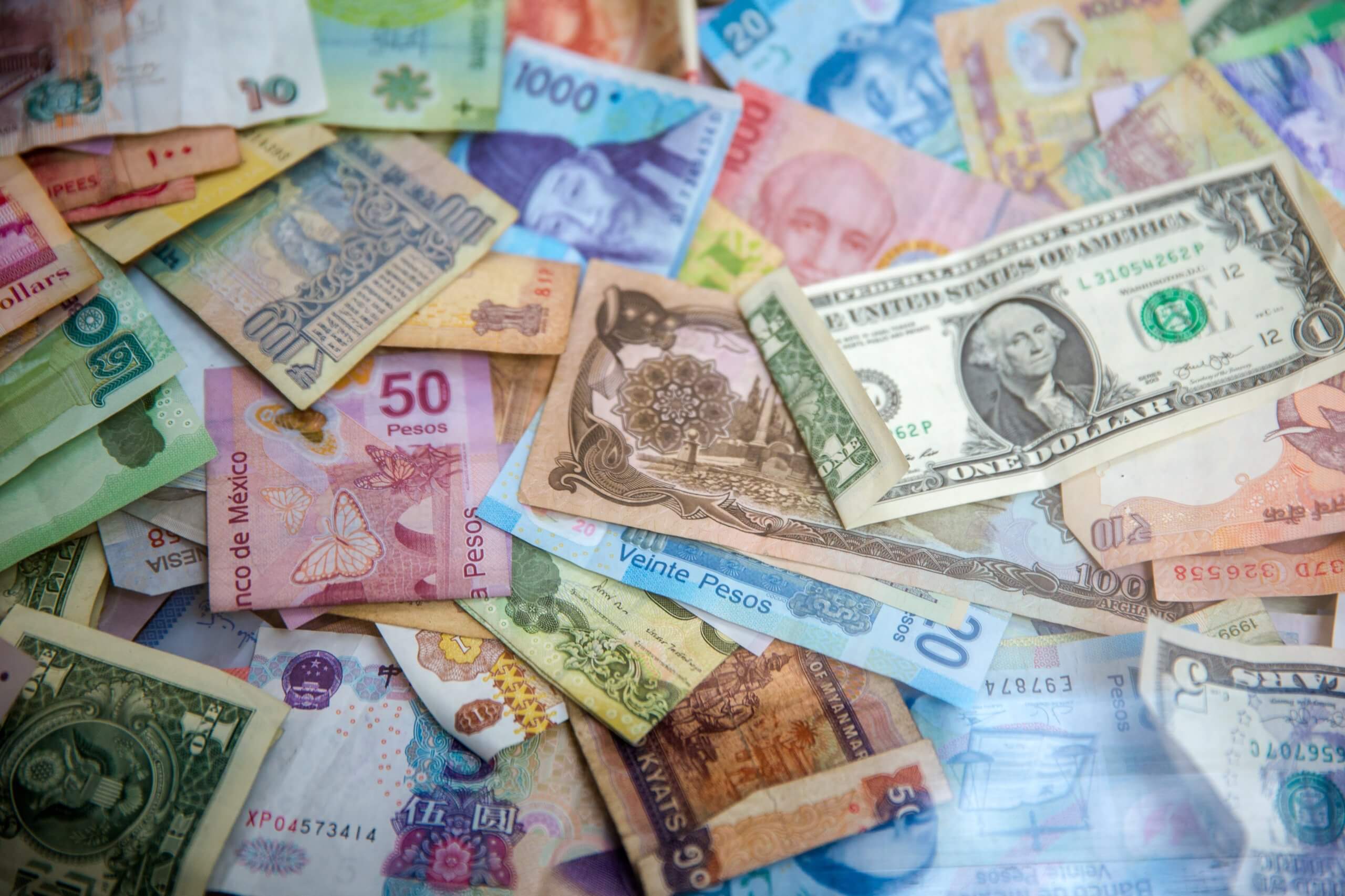There’s no wrong in saying that 2020 has been a rally. starting with political tension between countries, environmental problems followed by the infamous covid19 that continues to emerge and create chaos even in the strongest of economies. Although it is true that some sectors have surged during this 2020 crisis, most have underperformed. If you believe that you and your country have had a tough year, wait until you see how these currencies have under performed this year. In this opportunity, we will be talking about the top 5 worst performing currencies in 2020.
Top 5 worst performing currencies in 2020.
TRY
Let’s start with the Turkish Lira (TRY), it had its highest point on the 13th of january at 0.17 USD dropping over 32.13% to 0.13 USD on september. if you would have invested $1000 USD at the beginning of the year by now you would have a return of $678.70 USD by September. The Turkish Lira had already gone through a crisis in 2018 which was caused mainly by its foreign-currency debt and bad political measures. That year the TRY plunged 40% of its value against the dollar. But it seems that 2020 is the year that surprises us all and not in a good way for the Turkish Lira. Thanks to the return of covid-19 infections and rising political and military tension on behalf of the Turkish government and rising inflation the Lira seems to have no top being able to reach 9.00 per dollar. The inflation is estimated to reach 12.1% by the end of the year, several points up from the initial 8.9% forecast.
BRL
Another big under performer this year and close behind the Turkish Lira has been the Brazilian Real (BRL). Dropping a 35.06% of its value against the dollar, this means that if you would have invested $1000 USD in BRL by the beginning of the year, your return would be of $649.40 USD, quite a big loss on your investment. the handling of the Coronavirus pandemic by the hands of the brazilian government hasn’t been the best in like many emerging market cases, but this situation has really given a blow to the Brazilian Real. by the first quarter of the year 1 dollar was worth 4 Brazilian reales, and just by mid year it passed to be BRL 5.96 to the dollar, making 2020 the weakest year for the Brazilian real.
ARS
Argentina is a great country to visit it is one of the largest economies in Latin America, with a Gross Domestic Product (GDP) of approximately US $ 450 billion, full of rich culture and beautiful places to visit makes it a great destination to vacation, specially with the devaluation of its peso (ARS), if only it wasn’t for the coronavirus pandemic. By the time of this writing the USDARS rate is 78.9006 ARS and by the beginning of the year it was 59.39 ARS. Coming from two years of recession with a big amount of economic weaknesses, the impact of COVID-19 has had a more significant effect in its economy than expected. During the second quarter of 2020, the country suffered a quarterly decline in GDP of 16.2%, the largest retraction in its history. The annual return for the ARSUSD is about -29.24%. Meaning that investing $1000 USD at the beginning of the year would give you a performance of $707.60 USD.
RUB
We continue the list of the worst performing currencies with the Russian Ruble (RUB) giving us an under performance of -19.88%. The main reason for the fall was due to how investors were concerned about the pandemic and the huge dump in oil prices. Russia being the world’s first producer of oil since 2011, it’s no wonder it’s currency and economy has been affected by the plunge in the price of crude oil this year.
The RUB would have managed to correct its price after protests against the government took place in Belarus, centered before and after the poisoning of the Russian opposition leader Alexei Navalny. This development would be followed by sanctions from the United States, which prevented the RUB from rising further.
PLN
The PLN has not been spared either from the poor economic performance of this 2020, since a series of financial measures have been applied in Poland that have certainly led to its depreciation in the foreign exchange market. The two events that had the most impact on the currency were:
The measures of the NBP (National Bank of Poland), in which some unusual measures were established to reduce the negative impact of the coronavirus crisis. The Monetary Policy Council approved the purchase of Polish government bonds through the secondary market and banks were incentivized to lend to failing companies and families. Many interest rates were lowered and remuneration indices were raised, which weakened the performance of the PLN somewhat.
Furthermore, the Polish government decided to establish an anti-crisis program to change public spending and liquidity measures that have put a face on the country’s economy. However, having depreciated throughout this year 3,67 PLN / USD, it has managed to stabilize at 3,90 PLN / USD through October.
For more information and content on signals, currencies and finance join Altsignals.





















